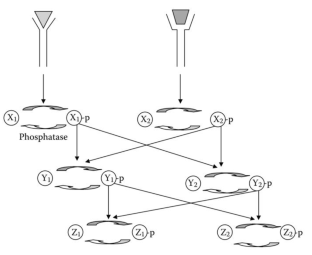设计原则和机理解释。
IF 1.6
3区 哲学
Q1 HISTORY & PHILOSOPHY OF SCIENCE
引用次数: 0
摘要
在这篇文章中,我提出系统生物学和系统神经科学中的设计原则所做的是呈现机制的抽象特征,从而促进机制解释。为了证明这一点,系统神经科学中的一个设计原则,即多层感知器,被检查。然而,Braillard(2010)认为,由于两个相关的原因,设计原则提供了一种非机械的解释:它们非常普遍,描述了非因果依赖关系。对此,我认为,一方面,所有机制或多或少都是一般的(或抽象的),另一方面,许多(如果不是全部的话)设计原则都是因果系统。本文章由计算机程序翻译,如有差异,请以英文原文为准。

Design principles and mechanistic explanation.
In this essay I propose that what design principles in systems biology and systems neuroscience do is to present abstract characterizations of mechanisms, and thereby facilitate mechanistic explanation. To show this, one design principle in systems neuroscience, i.e., the multilayer perceptron, is examined. However, Braillard (2010) contends that design principles provide a sort of non-mechanistic explanation due to two related reasons: they are very general and describe non-causal dependence relationships. In response to this, I argue that, on the one hand, all mechanisms are more or less general (or abstract), and on the other, many (if not all) design principles are causal systems.
求助全文
通过发布文献求助,成功后即可免费获取论文全文。
去求助
来源期刊

History and Philosophy of the Life Sciences
综合性期刊-科学史与科学哲学
CiteScore
2.60
自引率
5.00%
发文量
58
期刊介绍:
History and Philosophy of the Life Sciences is an interdisciplinary journal committed to providing an integrative approach to understanding the life sciences. It welcomes submissions from historians, philosophers, biologists, physicians, ethicists and scholars in the social studies of science. Contributors are expected to offer broad and interdisciplinary perspectives on the development of biology, biomedicine and related fields, especially as these perspectives illuminate the foundations, development, and/or implications of scientific practices and related developments. Submissions which are collaborative and feature different disciplinary approaches are especially encouraged, as are submissions written by senior and junior scholars (including graduate students).
 求助内容:
求助内容: 应助结果提醒方式:
应助结果提醒方式:


